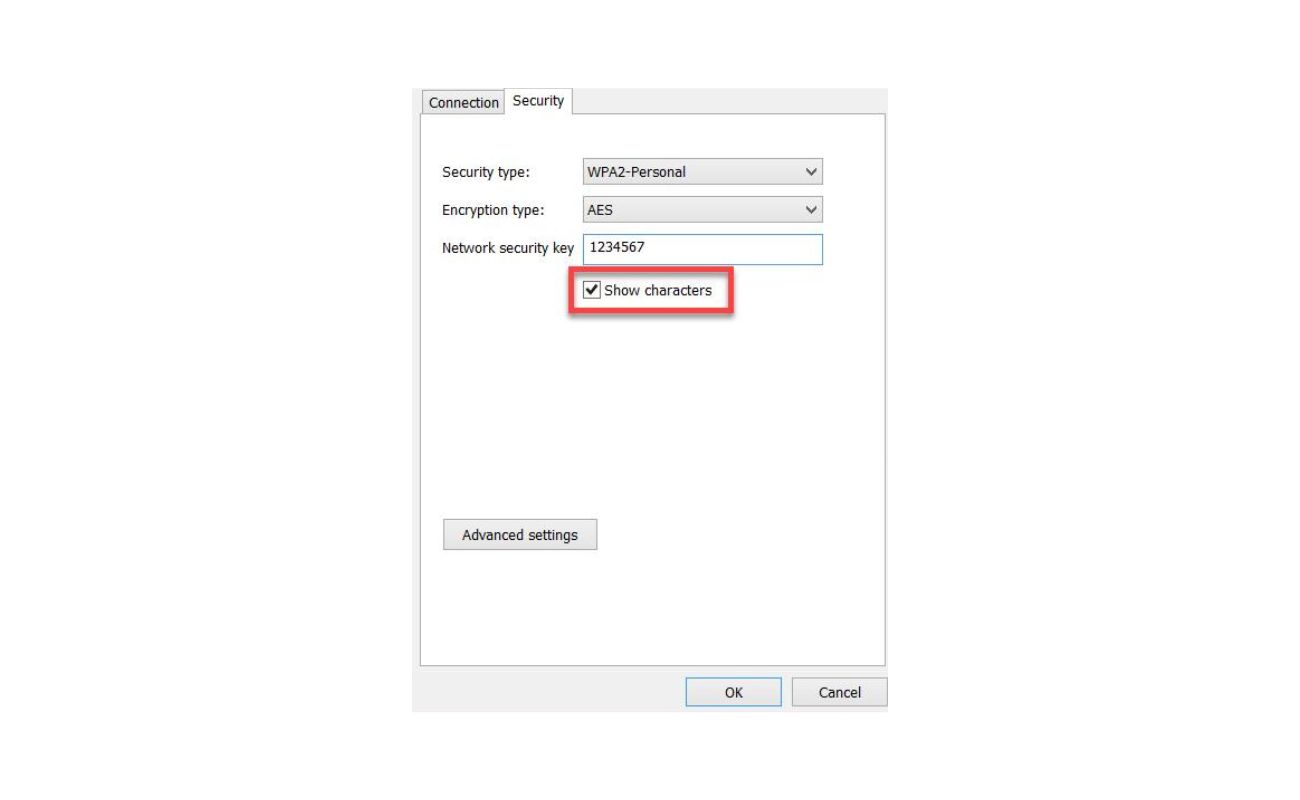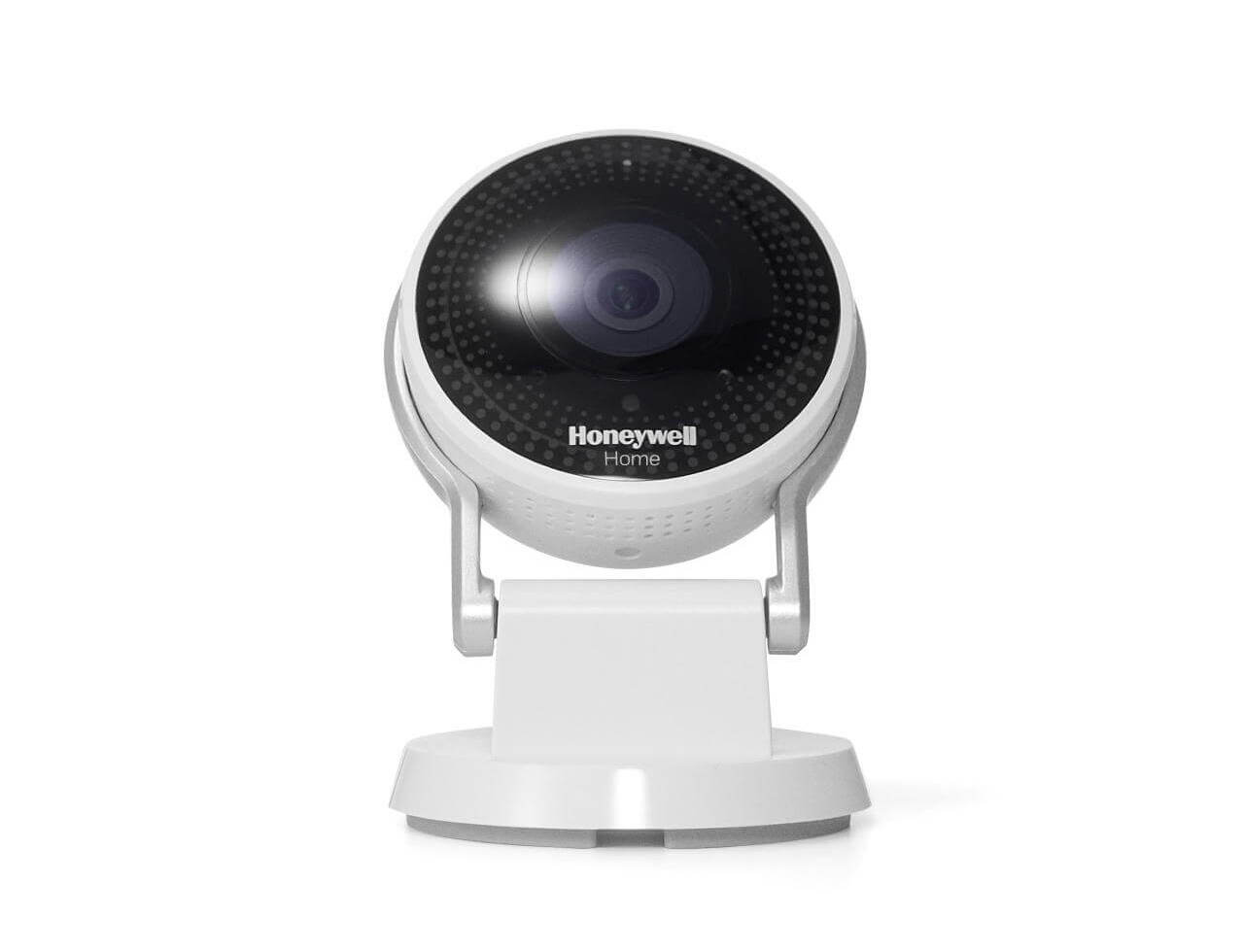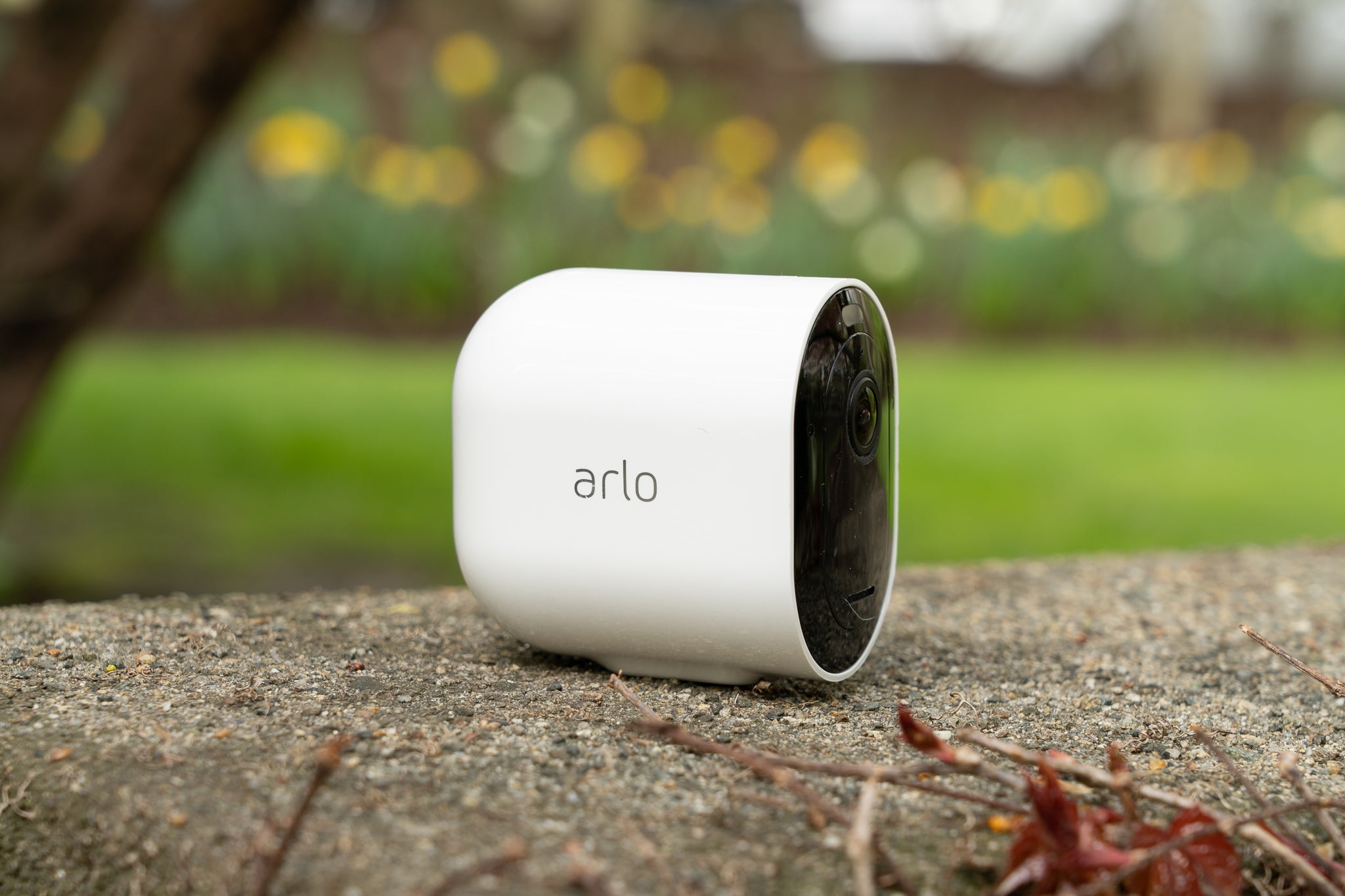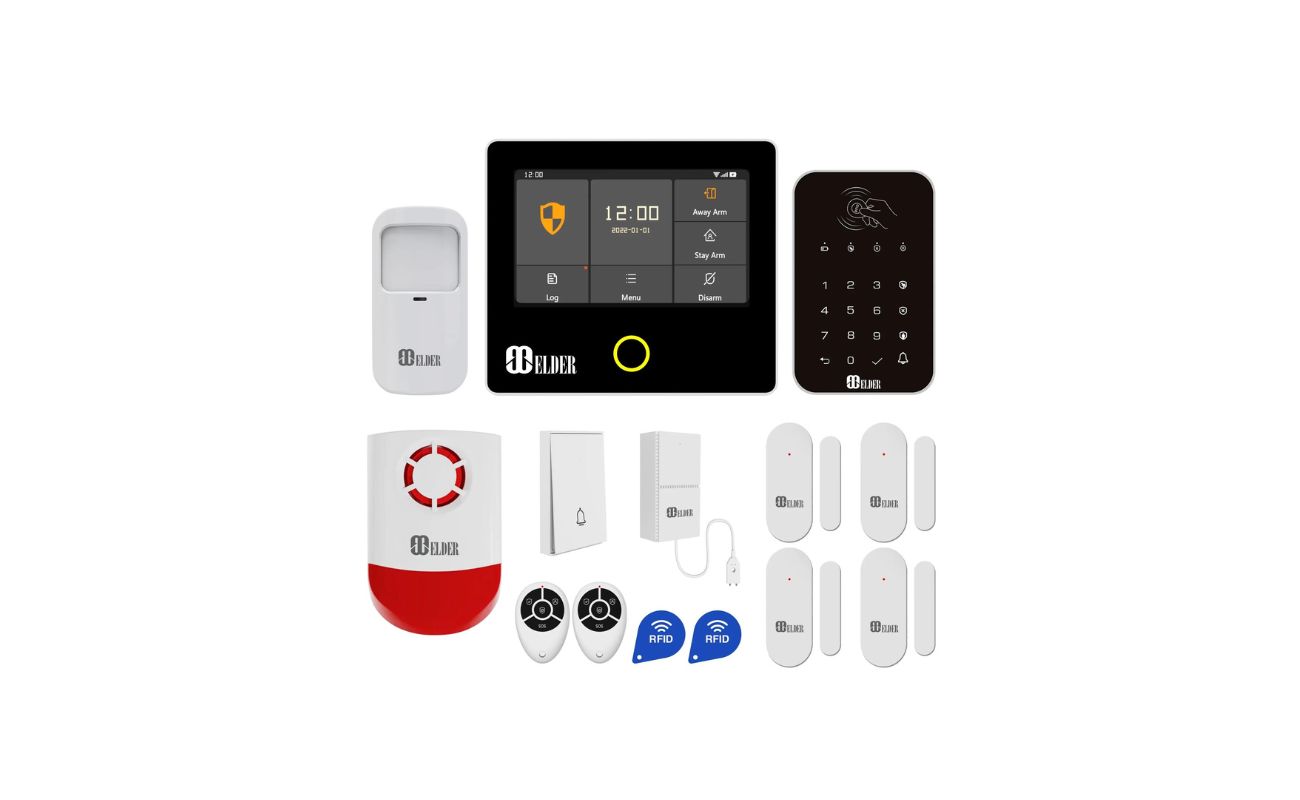Home>Home Security and Surveillance>Honeywell: How To Add Wireless Security
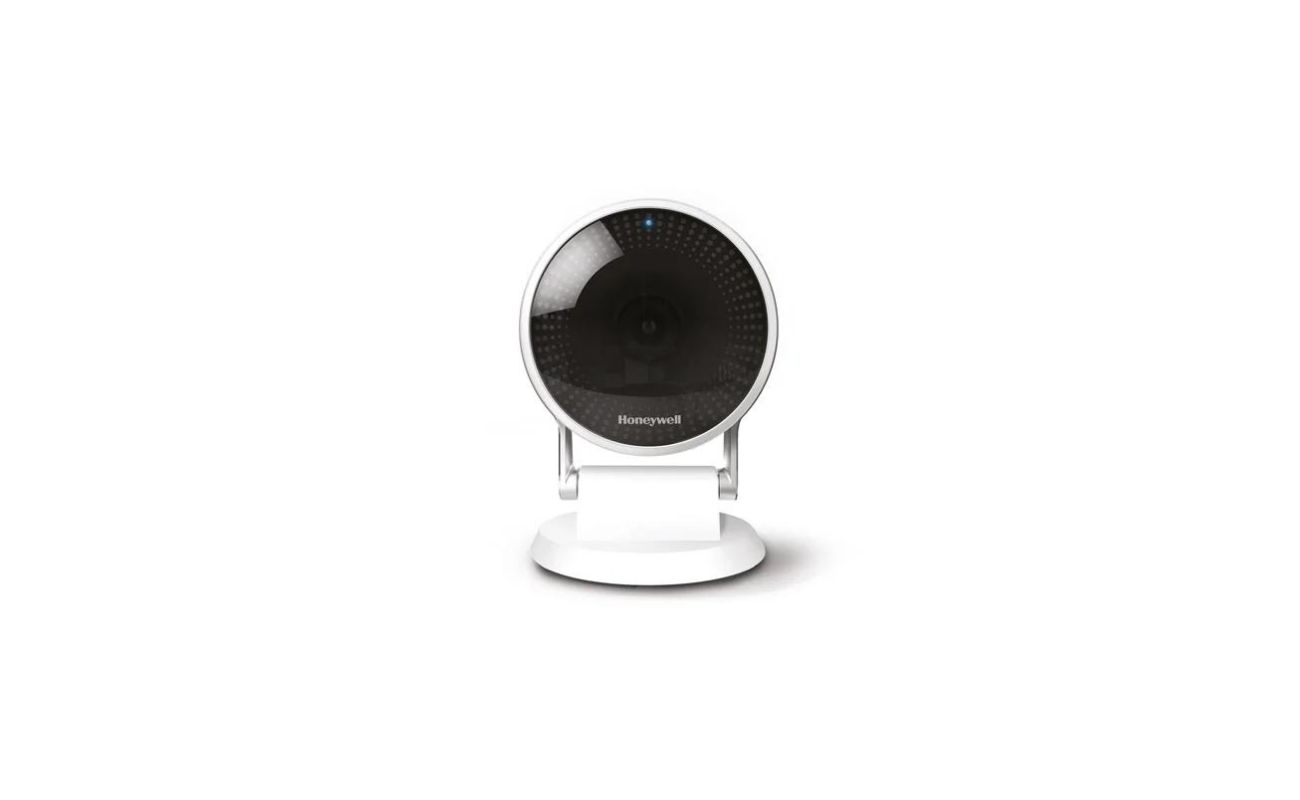

Home Security and Surveillance
Honeywell: How To Add Wireless Security
Modified: September 1, 2024
Learn how to enhance your home security and surveillance with Honeywell's wireless security system. Protect your loved ones and belongings with ease!
(Many of the links in this article redirect to a specific reviewed product. Your purchase of these products through affiliate links helps to generate commission for Storables.com, at no extra cost. Learn more)
Introduction
Welcome to Honeywell’s guide on how to add wireless security to your home. In today’s fast-paced world, ensuring the safety and security of your loved ones and belongings has become more important than ever. Fortunately, advancements in technology have made it easier and more convenient to protect your home with wireless security systems.
Wireless security systems offer a range of benefits over traditional wired systems, including easy installation, flexible placement of sensors, and the ability to monitor your home remotely. Honeywell, a trusted name in home security and surveillance, offers a wide range of wireless security solutions to meet your specific needs.
In this article, we will guide you through the process of adding wireless security to your home using Honeywell’s innovative products. Whether you’re a first-time homeowner looking to enhance the security of your new property or a long-time homeowner interested in upgrading your existing system, we have you covered.
Before we delve into the steps of adding wireless security with Honeywell, let’s first gain a deeper understanding of the benefits of wireless security systems.
Key Takeaways:
- Wireless security systems from Honeywell offer easy installation, flexible sensor placement, remote monitoring, and enhanced security with encryption, providing convenience and peace of mind for homeowners.
- Honeywell’s wireless security solutions, such as the Lynx Touch and SiX Series Sensors, allow for seamless integration with home automation and video surveillance, offering customizable and reliable protection for your home.
Read more: How Secure Are Wireless Security Systems
Understanding Wireless Security
Wireless security systems utilize wireless technology, such as Wi-Fi or cellular networks, to transmit signals between the various components of your security system. These components can include sensors, cameras, and control panels. Unlike traditional wired security systems, which rely on physical cables to connect the different elements, wireless systems offer greater flexibility and convenience.
One of the main advantages of wireless security systems is the ease of installation. Without the need for extensive wiring, you can quickly and easily set up your system, saving both time and money. Additionally, wireless systems allow for the placement of sensors and cameras in locations that might be difficult or impractical to reach with wired systems. This flexibility ensures comprehensive coverage of your property.
Another benefit of wireless security systems is the ability to monitor your home remotely. Many wireless systems offer smartphone apps or web-based interfaces that allow you to access your security system from anywhere at any time. This means that you can keep an eye on your home, receive real-time notifications of any suspicious activity, and even control your system remotely. Whether you’re at work or on vacation, you can have peace of mind knowing that you’re always connected to your home’s security.
Wireless systems also tend to be more secure than their wired counterparts. With wired systems, burglars can potentially cut or disable the physical cables, rendering the security system ineffective. In contrast, wireless systems use encrypted signals to transmit data, making it much harder for intruders to interfere with the system. Additionally, wireless security systems often have backup power options, such as batteries, to ensure uninterrupted monitoring even during power outages.
Now that we’ve explored the benefits of wireless security, let’s take a closer look at the wireless security solutions offered by Honeywell.
Benefits of Wireless Security
Wireless security systems provide several advantages that make them a popular choice for homeowners. Let’s explore some of the key benefits:
- Easy installation: Unlike wired security systems that require intricate wiring, wireless systems are much simpler to set up. With wireless security, you can avoid the hassle of drilling holes and running cables throughout your home. This ease of installation means you can quickly get your system up and running without professional assistance.
- Flexibility in sensor placement: Wireless security systems allow for flexible placement of sensors and devices. You can conveniently position sensors at various entry points, such as doors, windows, and garages. Additionally, wireless cameras can be installed in strategic locations without the limitations of wires, ensuring comprehensive coverage of your property.
- Remote monitoring: One of the biggest advantages of wireless security systems is the ability to monitor your home remotely. With mobile apps and web-based platforms, you can access your security system from anywhere using your smartphone or computer. This means you can check live video feeds, receive real-time alerts, and even control your system while you’re away from home.
- Enhanced security with encryption: Wireless security systems incorporate encryption protocols to protect your data. This ensures that your system’s signals and communications are secure and resistant to hacking attempts. With encrypted signals, you can have peace of mind knowing that your wireless security system is reliable and robust against potential threats.
- Convenience and scalability: Wireless security systems are designed with convenience in mind. They offer the flexibility to add or expand devices as needed, allowing you to customize your security system based on your evolving needs. Whether you want to add more sensors, cameras, or control panels, wireless systems make it easy to scale up your security setup.
- Backup power options: To ensure uninterrupted monitoring, wireless security systems often come equipped with backup power options. This means that even in the event of a power outage, your security system will continue to function, keeping your home protected.
As you can see, wireless security systems provide a range of benefits, from easy installation and flexible placement to remote monitoring and enhanced security. With these advantages in mind, let’s explore the wireless security solutions Honeywell has to offer.
Honeywell Wireless Security Solutions
Honeywell is a renowned leader in the home security industry, providing a wide range of wireless security solutions to meet the diverse needs of homeowners. From basic systems to advanced smart home integration, Honeywell offers innovative products that deliver reliable protection and peace of mind.
Here are some of the popular wireless security solutions offered by Honeywell:
- Lynx Touch: The Lynx Touch series is a user-friendly wireless security system that combines security, home automation, and video capabilities. With a full-color touchscreen control panel, it provides convenient access to manage your security settings, control connected devices, and view live video feeds.
- Ademco Vista: The Ademco Vista series is a versatile wireless security system that caters to both residential and commercial applications. It offers flexible programming options, advanced communication features, and the ability to integrate with other Honeywell devices, such as motion detectors and environmental sensors.
- SiX Series Sensors: Honeywell’s SiX series sensors are wireless devices that provide reliable detection and monitoring. These sensors can be installed easily and seamlessly integrate with Honeywell security systems. They include door/window sensors, motion detectors, smoke detectors, and key fobs for convenient control.
- Home Automation: Honeywell’s wireless security systems can be integrated with home automation devices, allowing you to control and automate various aspects of your home. From adjusting thermostats and lighting to unlocking doors and checking cameras, you can create customized rules and schedules to enhance the safety and comfort of your home.
- Video Surveillance: Honeywell offers wireless video surveillance systems that provide an extra layer of security. These systems include wireless cameras with high-definition video quality, night vision capabilities, and remote viewing options. With Honeywell’s video surveillance solutions, you can monitor your home both indoors and outdoors.
Whether you’re looking for a basic wireless security system or a comprehensive solution with home automation and video surveillance, Honeywell has a range of options to choose from. Their reliable, user-friendly products are designed to protect your home while providing seamless integration with your lifestyle.
Now that you’re familiar with Honeywell’s wireless security solutions, let’s move on to the practical steps of adding wireless security to your home.
How to Add Wireless Security with Honeywell
Adding wireless security to your home with Honeywell is a straightforward process. By following these steps, you can enhance the safety and protection of your property:
Read also: 13 Best Honeywell Wireless Doorbell for 2025
Step 1: Assess Your Security Needs
Before you begin, take some time to assess your security requirements. Consider factors such as the size of your home, the number of entry points, and any specific areas you want to monitor. This evaluation will help you determine the type and number of wireless security components you’ll need.
Step 2: Choose the Right Honeywell Wireless Security System
With a wide range of options available, choose a Honeywell wireless security system that aligns with your specific needs. Consider features such as the control panel interface, compatibility with home automation devices, and the ability to integrate with video surveillance equipment. Look for a system that offers reliable performance, user-friendly operation, and the flexibility to expand in the future.
Step 3: Install Wireless Security Sensors and Devices
Once you have your security system, it’s time to install the wireless security sensors and devices. Follow the manufacturer’s instructions carefully to ensure proper placement and functionality. Door/window sensors should be installed on all accessible entry points, while motion detectors should be strategically positioned to cover high-traffic areas.
Honeywell’s wireless sensors and devices are designed for easy installation, typically requiring mounting with adhesive or screws. It’s essential to test each sensor after installation to ensure they are communicating effectively with the control panel.
Step 4: Set Up and Configure the System
After installing the sensors and devices, it’s time to set up and configure your Honeywell wireless security system. This typically involves connecting the control panel to your home’s Wi-Fi network or a cellular network if available. Follow the instructions provided by Honeywell to pair the sensors with the control panel and configure the system settings according to your preferences.
If you have opted for home automation integration, take the time to connect and sync your smart devices to the security system. This will enable you to control and automate various aspects of your home’s security, such as adjusting lighting schedules or receiving alerts when a door is opened.
Read more: How To Test Wireless Security
Step 5: Test and Monitor Your Wireless Security System
Once your Honeywell wireless security system is set up, it’s crucial to test it thoroughly. Activate each sensor and verify that the control panel receives the signals correctly. Test the system’s response to alarms and ensure that your monitoring service is properly connected.
Regularly monitor your wireless security system to ensure it’s functioning optimally. Familiarize yourself with the control panel’s features and capabilities. Set up notifications and alerts to receive real-time updates on any suspicious activities or system malfunctions.
Periodically check the battery levels of wireless devices and replace them as needed. It’s also a good idea to conduct regular maintenance, ensuring that all sensors are clean and free from obstructions that could affect their functionality.
By following these steps, you can successfully add wireless security to your home with Honeywell’s reliable and innovative products.
Now that you have a clear roadmap for adding wireless security to your home, it’s time to make your property even more secure. Take advantage of Honeywell’s advanced wireless security solutions and enjoy the peace of mind that comes with knowing your loved ones and belongings are well-protected.
Step 1: Assess Your Security Needs
Before you embark on adding wireless security to your home with Honeywell, it’s crucial to assess your security needs. This step will help you determine the specific requirements of your property and ensure that you choose the appropriate wireless security system components.
Here are some factors to consider when assessing your security needs:
1. Property Size and Layout
Consider the size and layout of your home or property. Take note of the number of entry points, including doors, windows, and garage entries. This assessment will help you determine the number of wireless sensors and devices necessary to cover all access points adequately.
2. Areas of Vulnerability
Identify any areas of vulnerability or high-risk zones on your property. This can include secluded areas, blind spots, or areas with valuable assets. By pinpointing these areas, you can allocate extra security measures, such as additional cameras or motion detectors, to ensure comprehensive coverage.
Read more: What Is Wireless Security?
3. Specific Security Concerns
Consider any specific security concerns you may have. This could include concerns about break-ins, fire detection, carbon monoxide detection, or water damage. Assessing these concerns will help you select the appropriate sensors and devices that address your specific needs.
4. Lifestyle and Habits
Take into account your lifestyle and habits. Do you frequently travel or spend extended periods away from home? Are there times during the day or night when your property remains unoccupied? Understanding your lifestyle patterns will help you determine the level of automation, remote monitoring, and scheduling features you may require in your wireless security system.
5. Budget
Consider your budget when assessing your security needs. Wireless security systems come in a range of prices, so it’s essential to establish a budget beforehand. Determine how much you’re willing to invest in your home’s security to ensure you find a solution that offers the right balance of features and affordability.
By assessing these factors, you can develop a clear understanding of your security needs. This evaluation will allow you to choose the appropriate Honeywell wireless security system components that align with your specific requirements and provide you with the peace of mind you seek.
Once you have assessed your security needs, you can move on to the next step of choosing the right Honeywell wireless security system that meets your requirements and offers the desired level of protection.
Step 2: Choose the Right Honeywell Wireless Security System
After assessing your security needs, the next step in adding wireless security to your home is choosing the right Honeywell wireless security system. Honeywell offers a wide range of options to cater to different budgets, preferences, and levels of security required.
Here are some factors to consider when selecting the right Honeywell wireless security system:
1. Control Panel
The control panel is the central hub of your wireless security system. It allows you to arm or disarm the system, receive notifications, and control connected devices. Consider the design, interface, and functionality of the control panel. Look for features such as touchscreen displays, easy navigation, and user-friendly interfaces that suit your preferences.
2. Sensor Compatibility
Ensure that the Honeywell wireless security system you choose supports a wide range of sensors and devices. These sensors include door/window sensors, motion detectors, glass break detectors, smoke detectors, and environmental sensors. Verify that the system can integrate with the specific sensors you need to meet your security objectives.
3. Home Automation Integration
If you are interested in home automation, consider a Honeywell wireless security system that offers seamless integration with smart devices. This integration allows you to control various aspects of your home, such as lighting, thermostats, and door locks, through a single platform. Look for compatibility with popular home automation technologies, such as Z-Wave or Zigbee.
4. Video Surveillance Capability
If video surveillance is a priority for you, choose a Honeywell wireless security system that supports video cameras. Look for high-definition video quality, night vision capabilities, and remote viewing options. Some systems offer the ability to store video footage in the cloud or on local storage devices.
5. Monitoring Options
Consider the monitoring options available for the Honeywell wireless security system. You can choose from professional monitoring services provided by Honeywell or self-monitoring options that send alerts directly to your smartphone. Evaluate the features, costs, and reliability of each monitoring option to determine which one suits your needs and budget.
6. Expandability
Think about the future scalability of your wireless security system. Consider whether the Honeywell system allows for easy expansion by adding more devices or sensors as your needs change. It’s essential to have a system that can grow with you, accommodating additional security features or home automation devices over time.
By carefully considering these factors, you can select the right Honeywell wireless security system that meets your security needs, preferences, and budget. Once you have chosen a system, you can move on to the next step of installing the wireless security sensors and devices.
Step 3: Install Wireless Security Sensors and Devices
Now that you have chosen the right Honeywell wireless security system, it’s time to move on to the installation process. Properly installing the wireless security sensors and devices is crucial for ensuring the effective functioning of your system.
Follow these steps to install the wireless security sensors and devices:
1. Read the Instruction Manuals
Before you begin the installation process, carefully read the instruction manuals provided by Honeywell for each sensor and device. Familiarize yourself with the installation requirements, recommended positioning, and any specific guidelines related to each component.
Read more: How To Add Canon Wireless Printer To Mac
2. Plan the Placement
Plan the placement of each wireless security sensor and device based on your security needs and the layout of your property. Consider the manufacturer’s recommendations for optimal placement. Generally, door/window sensors should be installed on all accessible entry points, while motion detectors should cover high-traffic areas.
3. Prepare the Installation Tools
Gather the necessary tools to install the wireless security sensors and devices. These may include a drill, screws, a screwdriver, adhesive strips, and a ladder. Ensure you have the correct tools and equipment available before starting the installation process.
4. Install the Door/Window Sensors
Affix the door/window sensors to the appropriate locations on your doors and windows. Follow the manufacturer’s instructions for the specific guidelines on installation. Some sensors may be attached using adhesive strips, while others may require screwing them in place.
5. Mount the Motion Detectors
Mount the motion detectors in strategic locations to cover areas of concern. Ensure they are positioned at an appropriate height and angle to detect movement effectively. Follow the manufacturer’s guidelines for proper mounting techniques.
Read more: What Is The Wireless Security Passphrase
6. Test the Sensors and Devices
After installation, conduct a thorough test of each wireless security sensor and device. Arm your system and walk around your home to check if the sensors detect movement or if the devices transmit signals to the control panel correctly. This step will help you identify any installation issues or faulty components that need attention.
Remember to replace any batteries in the wireless security sensors and devices, as needed, to ensure ongoing functionality.
By following these installation steps carefully, you can ensure that your Honeywell wireless security sensors and devices are correctly installed and functioning optimally. Once the installation is complete, you can proceed to the next step of setting up and configuring your wireless security system.
Step 4: Set Up and Configure the System
After successfully installing the wireless security sensors and devices, the next step is to set up and configure your Honeywell wireless security system. Proper setup and configuration are essential for the system to function correctly and meet your specific security requirements.
Follow these steps to set up and configure your wireless security system:
1. Connect the Control Panel
Connect the control panel to your home’s Wi-Fi network or a cellular network, if applicable. Follow the manufacturer’s instructions provided with your Honeywell wireless security system for the specific steps to connect the control panel. This step will enable communication between your system and the monitoring services, as well as provide remote access.
2. Pair the Sensors and Devices
Pair each wireless security sensor and device with the control panel. This step allows the control panel to receive signals from the sensors and devices and trigger appropriate actions when events occur. Follow the manufacturer’s instructions to pair the sensors and devices according to their specifications.
Read more: Which Wireless Security For Linksys
3. Configure System Settings
Access the system settings on the control panel to configure various aspects of your wireless security system. Set up options such as entry/exit delays, alarm sounds, and notification preferences. Customize the system settings based on your specific security needs and requirements. You may also need to input contact information for emergency responders or monitoring services.
4. Integrate Home Automation Devices
If your Honeywell wireless security system supports home automation integration, now is the time to integrate your smart devices. Connect compatible devices, such as smart locks, smart thermostats, or lighting controls, to the system. This integration allows you to control these devices through the security system’s interface and create automation rules for enhanced convenience and security.
5. Test the System
Perform a comprehensive test of your wireless security system to ensure everything is functioning as expected. Arm the system and trigger the sensors to verify the control panel’s response. Test access code entry, remote access functionality, and any integrated automation features. Make any necessary adjustments or settings changes based on the test results.
It is crucial to follow the manufacturer’s instructions and guidelines during the setup and configuration process. This will help you maximize the capabilities of your Honeywell wireless security system and ensure that it operates smoothly.
Once you have set up and configured your wireless security system, you are ready to move on to the final step of testing and monitoring your system to ensure its effectiveness and reliability.
Step 5: Test and Monitor Your Wireless Security System
After setting up and configuring your Honeywell wireless security system, it’s important to thoroughly test and monitor the system to ensure its effectiveness and reliability. Regular testing and monitoring will help to identify any issues, ensure proper functionality, and provide peace of mind knowing that your home is well-protected.
1. Activate and Test Each Sensor
Activate each wireless security sensor individually to ensure that they are properly functioning and communicating with the control panel. Test door/window sensors by opening and closing doors and windows, and verify that the control panel receives the corresponding signals. Walk in front of motion detectors to confirm that they accurately detect movement.
2. Trigger the Alarm System
To ensure that the alarm system is working correctly, trigger the alarm intentionally. Arm the system, then create a situation that would activate the alarm, such as opening a monitored door or window without disarming the system. Verify that the alarm sounds both at the control panel and any external alert devices, such as sirens or strobe lights.
3. Test Remote Monitoring and Notifications
If your Honeywell wireless security system offers remote monitoring and notifications, test these features to ensure that you receive real-time alerts and can access the system remotely. Arm and disarm the system using the mobile app or web-based interface to verify that the commands are successful and that you receive notifications promptly.
4. Monitor Battery Levels and Device Maintenance
Regularly check and monitor the battery levels of your wireless security devices, such as sensors and cameras. Replace batteries as needed to ensure that the devices continue to operate effectively. Additionally, perform routine maintenance on the devices to keep them clean and free from any obstructions that may compromise their functionality.
Read more: How To Connect Wireless Security Cameras?
5. Familiarize Yourself with Control Panel Features
Take the time to familiarize yourself with the features and capabilities of the control panel. Understand how to navigate the interface, change settings, and access various functions. This knowledge will enable you to make adjustments, customize preferences, and troubleshoot any issues that may arise with your wireless security system.
6. Regularly Monitor and Review System Activity
Consistently monitor and review the activity of your wireless security system to ensure its ongoing effectiveness. Keep an eye on event logs, notifications, and any recorded video footage (if applicable) to stay informed about any unusual events or anomalous behavior. Regularly review and update security protocols, such as access codes, to maintain the integrity of your system.
By proactively testing and monitoring your Honeywell wireless security system, you can ensure that it continues to function optimally and effectively provides the level of security you require for your home. Regular maintenance and monitoring will help you catch any issues early on and maintain the reliability of your system.
With your wireless security system up and running, you can now enjoy the peace of mind that comes with knowing your home and loved ones are protected. Regularly maintain and monitor your system to ensure its continued functionality and make any necessary adjustments to enhance the security of your home.
Congratulations on successfully adding wireless security to your home with Honeywell!
Conclusion
Adding wireless security to your home is a crucial step in ensuring the safety and protection of your loved ones and belongings. Honeywell, a respected leader in the home security industry, offers a range of wireless security solutions that provide convenience, flexibility, and peace of mind.
In this comprehensive guide, we have covered the steps to successfully add wireless security to your home with Honeywell. By assessing your security needs, choosing the right wireless security system, installing the sensors and devices, and setting up and configuring the system, you have laid the foundation for a robust and reliable security setup.
The benefits of wireless security systems are numerous. They offer easy installation, flexible placement of sensors, remote monitoring capabilities, enhanced security measures, and the ability to integrate with home automation technologies. With Honeywell’s innovative products, you can customize your system to meet your specific security requirements.
Once your wireless security system is in place, it is crucial to regularly test and monitor its effectiveness. Activate and test each sensor, trigger the alarm system, and ensure that remote monitoring and notifications are functioning properly. Stay vigilant by monitoring the battery levels of devices, maintaining cleanliness, and familiarizing yourself with the control panel’s features.
With Honeywell’s wireless security system, you have taken a significant step toward safeguarding your home and loved ones. However, security is an ongoing process, and regular maintenance and review of your system are vital. Stay updated with software upgrades, review system activity, and make any necessary adjustments as your security needs evolve.
Remember, the peace of mind that comes from knowing your home is protected is invaluable. With Honeywell’s wireless security solutions, you have the tools to enhance the security and surveillance of your home, providing a safe environment for you and your family.
Take control of your home’s security today and enjoy the benefits of a wireless security system from Honeywell. Invest in the safety of your home and enjoy the peace of mind that comes with a comprehensive and reliable security solution.
Frequently Asked Questions about Honeywell: How To Add Wireless Security
Was this page helpful?
At Storables.com, we guarantee accurate and reliable information. Our content, validated by Expert Board Contributors, is crafted following stringent Editorial Policies. We're committed to providing you with well-researched, expert-backed insights for all your informational needs.
